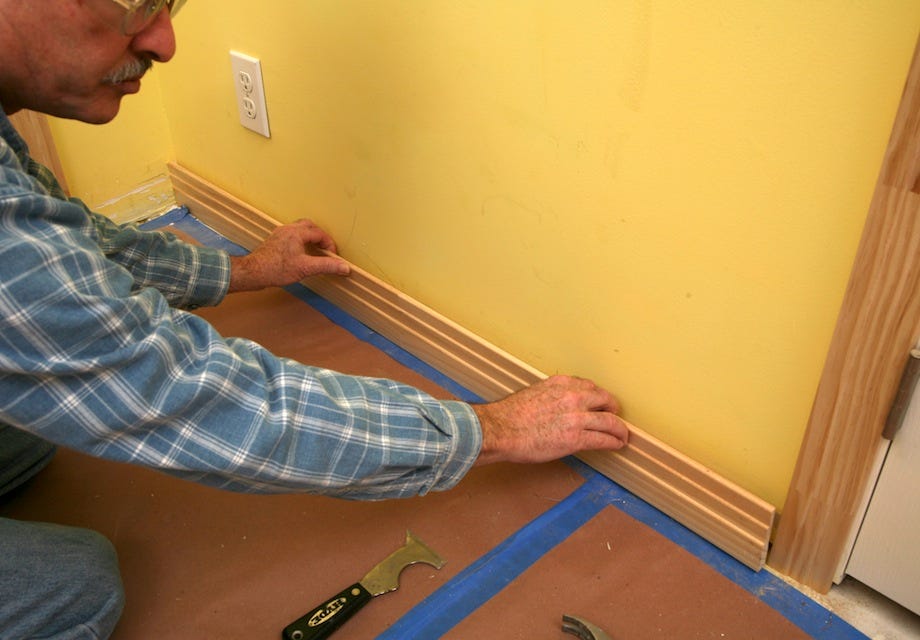
"According to our friend and expert carpenter Gary Katz, baseboards are often the first type of moulding that new carpenters learn to install. Unfortunately, they usually have to figure it out for themselves, so few learn the logic behind and best practices for seamless installation. This week, we're sharing a breakdown of how to properly install baseboards from our friends at THISisCarpentry."
Baseboard (also known as skirting, mopboard, or base moulding) is the piece of material covering the lowest part of an interior wall, designed to cover the joint between the wall surface and the floor. It’s one of the most basic forms of finish carpentry—and as such, it’s usually the first type of moulding that new carpenters or apprentices learn to cut. Unfortunately, because most new carpenters have to figure it out for themselves, there are few out there who understand the logic behind and best practices for seamless installation.
This week, we’re sharing a post from our friend Gary Katz at THISisCarpentry that covers everything you need to know about installing this type of finish carpentry, including tips and tutorials to help you streamline the process along the way.
In this post, you’ll learn:
- The short-point-long-point method for understanding how to miter moulding joints
- How to cope inside corners (and why you should never skip this step)
- Tips for making a cut list (a detailed list of the thickness, width, and length of every piece required to build a wood project)
- How to miter outside corners
- Best practices for installing baseboards and troubleshooting (for when things aren’t going as planned)
For more tips, tricks, and trusted information on moulding and installation, be sure to check out moulding basics, how to use a laser level, and the history of midcentury modern moulding. And for more in-depth articles on carpentry how-tos, check out THISisCarpentry.



